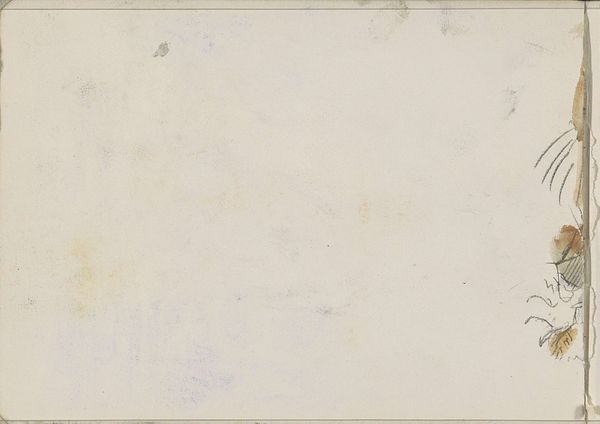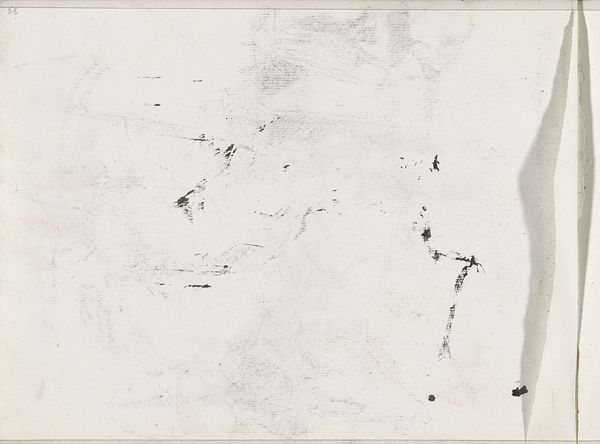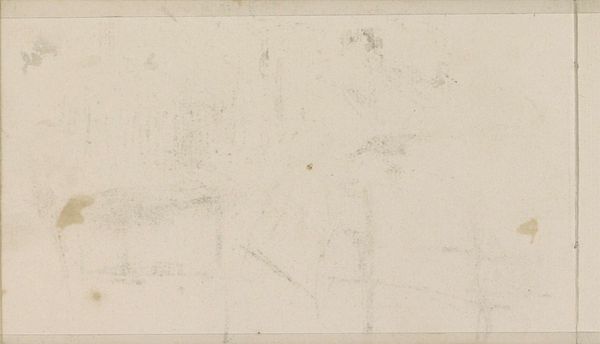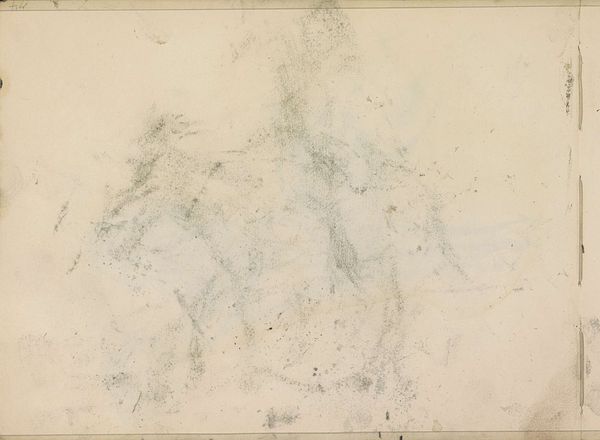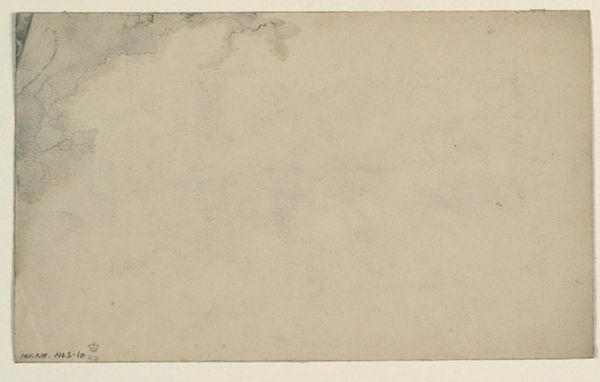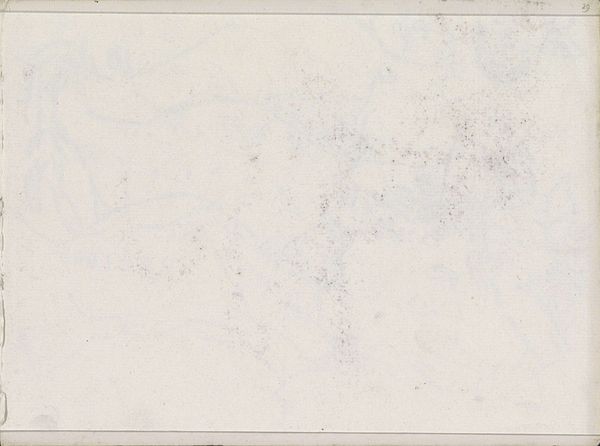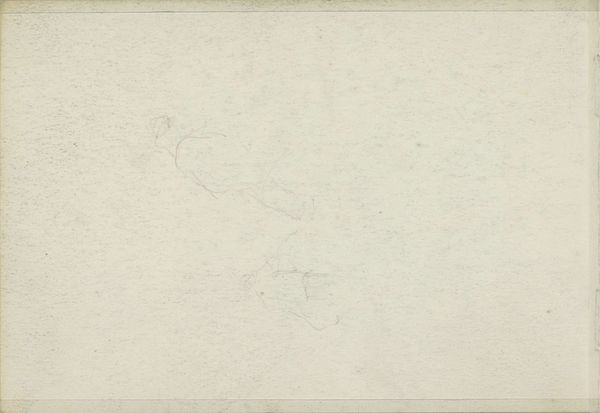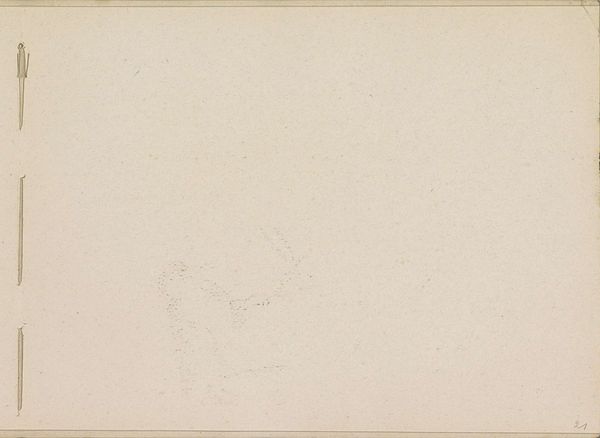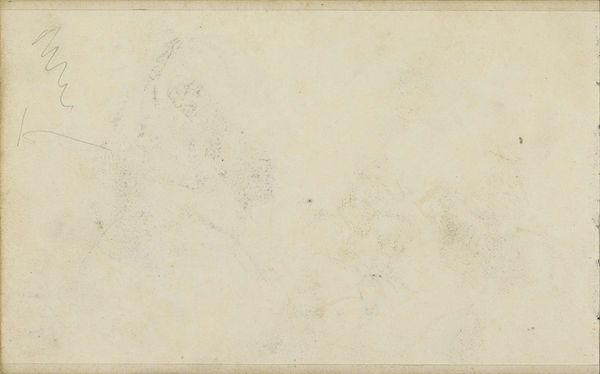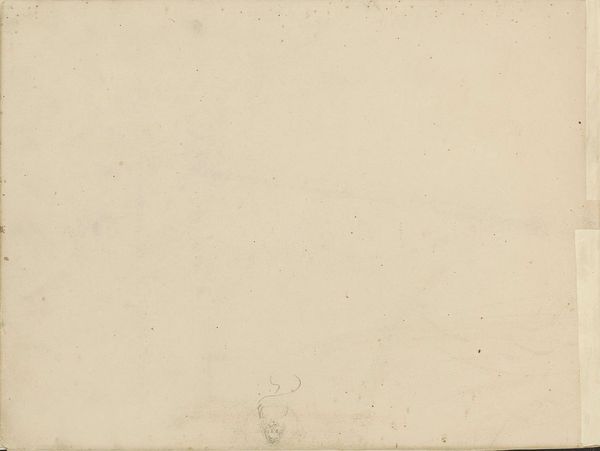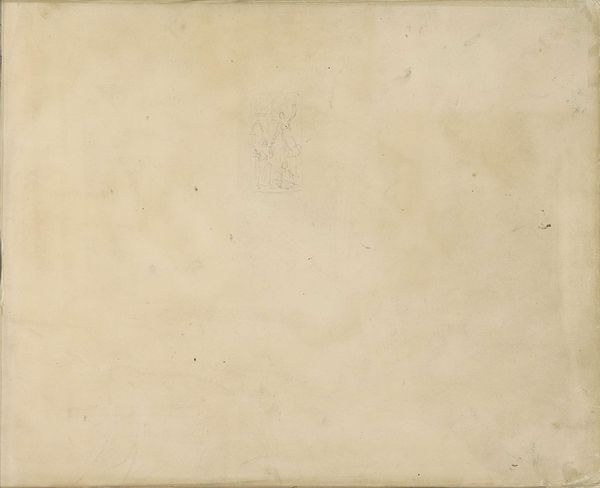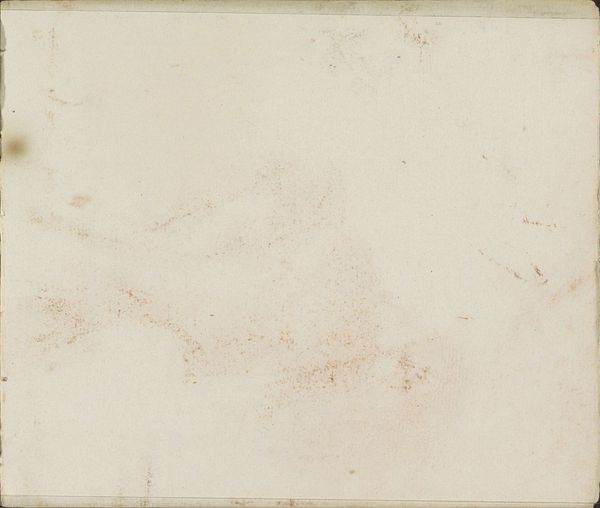
drawing, paper, dry-media, pencil, graphite
#
pencil drawn
#
drawing
#
paper
#
dry-media
#
pencil
#
abstraction
#
graphite
Copyright: Rijks Museum: Open Domain
Curator: This is "Abklatsch van de krijttekening op blad 3 recto" by Isaac Israels, dating between 1875 and 1934, held here at the Rijksmuseum. It's rendered in pencil and graphite on paper. Editor: My immediate impression is ethereal, almost ghostly. There are these barely-there impressions on what appears to be heavily textured paper. The marks are subtle, inviting a prolonged, intimate viewing. Curator: Precisely. The structure is not immediately apparent. One must attune to the subtle gradations, the interplay of light and shadow suggested by the pencil. There's a kind of visual poetics at work in this obscuration, disrupting our expected reading. Editor: But consider the process. "Abklatsch" suggests a transfer, a rubbing perhaps. What does it mean to create an artwork that’s already a copy, a trace of something else? Is it a meditation on the means of reproduction, the devaluing, or democratization, of artistic skill through mechanical means? The materiality—the paper itself— bears evidence of its making and function. Curator: Interesting thought. Yet, notice how the lines and forms that *do* exist create a deliberate composition? This isn't merely a residue of process, it is its own work, regardless of origin. Look at the balance, the deliberate void at the center, anchored by those denser marks near the corners. There's a formal logic that transcends any mere reproductive intention. Editor: Perhaps the intention, regardless of its artistic result, was fundamentally pragmatic. A study? A preparatory sketch? To dismiss that, and leap toward higher formalism, might overshadow the artist’s daily labors. There's an understated artistry, a skill, in crafting the materials required for its production: preparing pigments, selecting a quality support. Curator: I find myself less concerned with the artist's initial, possibly quotidian, intentions and more concerned with the aesthetic experience the work invites *now*. What we see is a distilled essence of line and texture—a minimalist, nearly abstract, exploration of the medium itself. Its formal power lies in its restraint, its evocation of form through suggestion rather than definition. Editor: Ultimately, engaging with works like this pushes me to question the hierarchy between conception and production. Whether functional or intentionally aesthetic, doesn't this trace evidence an alternative understanding of art? Curator: Agreed. And in embracing that alternative, we see that Israels compels us to consider the very language of art. Editor: A fascinating point; the quiet disruption of expectations gives "Abklatsch" resonance far beyond its humble presentation.
Comments
No comments
Be the first to comment and join the conversation on the ultimate creative platform.
